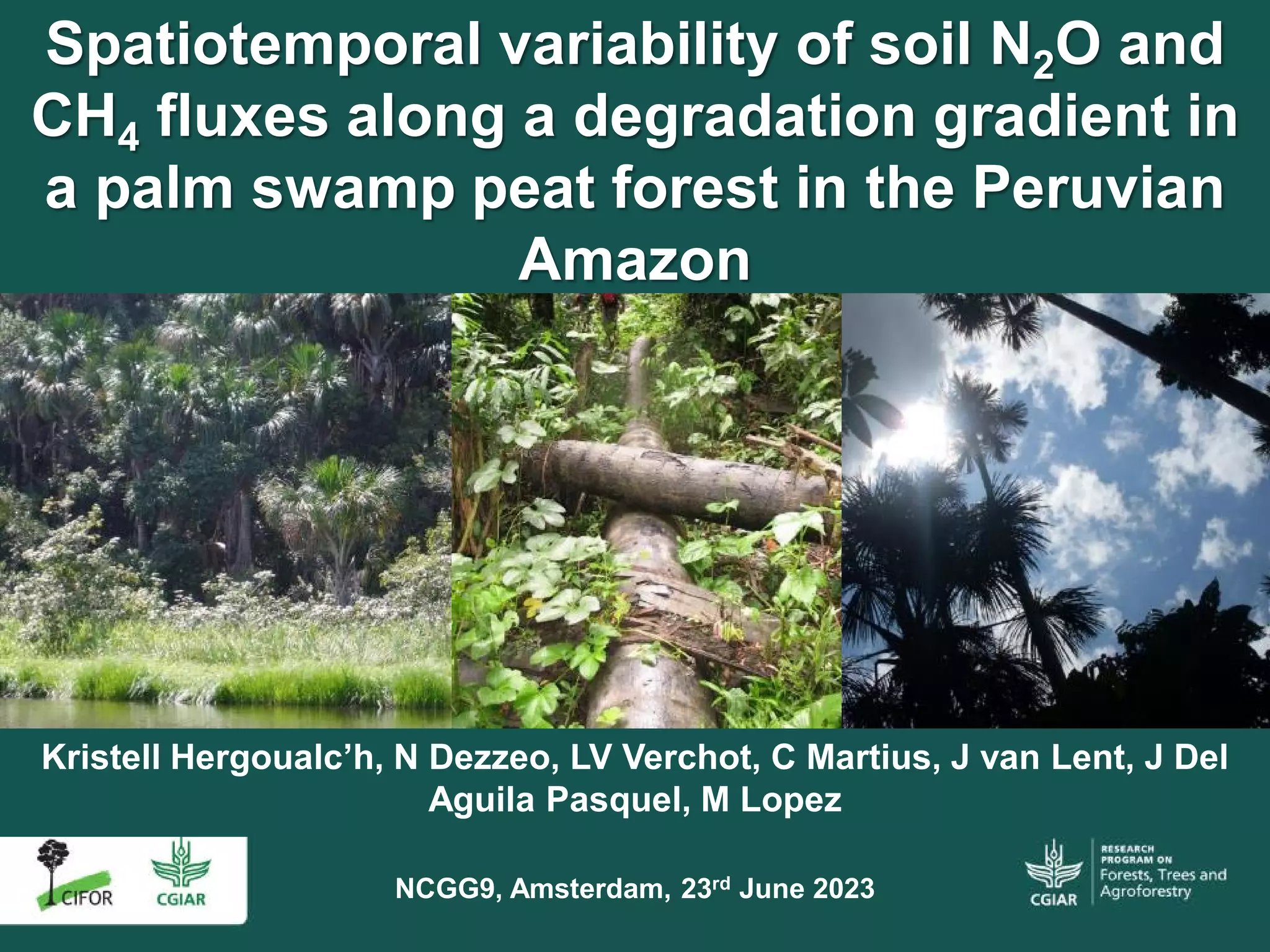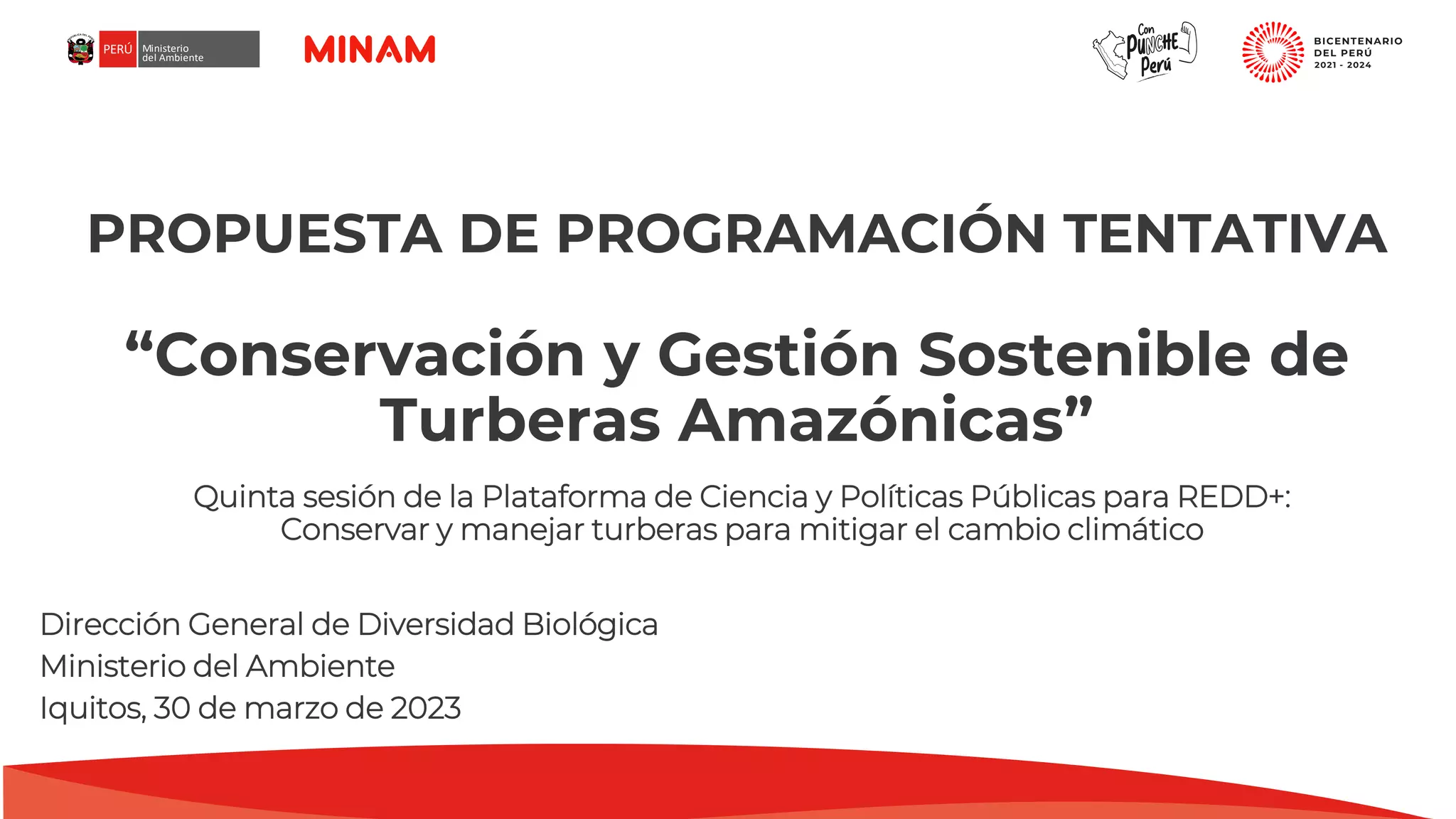
Peatlands are accumulations of partially decayed organic soil that cover approximately 3% of Earth’s surface and have been shown to serve essential environmental and ecological functions such as sequestering carbon, purifying water, and providing habitat for organisms. However, peatlands are threatened by pressures from agriculture, urban development, mining, and climate change. Geophysical methods have been used in peatlands to determine peat volume and carbon stocks (e.g., Comas et al., 2017), observe differences in humification and water content (e.g., Ulriksen, 1982), guide engineering projects (e.g., Jol and Smith, 1995), learn about subsurface greenhouse gas dynamics (Wright and Comas, 2016), observe seasonal variations in pore water salinity (Walter et al., 2018), and assess hydrological processes (Hare et al., 2017). Among various geophysical methods, ground penetrating radar (GPR) is arguably the most popular for studying peat properties given the method’s sensitivity to variations in water content and ability to resolve major structural properties within the peat at high spatial resolution. Though less widely applied, frequency-domain analysis of GPR may also yield useful information.
- Authors: Terry, N., Runkel, R., Werkema, D., Rutila, E., Comas, X., Warren, M., Kristiyono, A., Murdiyarso, D.
- Author Affiliation: United States Geological Survey (USGS), Oak Ridge Institute for Science and Education, Florida Atlantic University, United States Forest Service (USFS), Indonesian Agency for Assessment and Application of Technology, Center for International Forestry Research
- Subjects: peatlands, soil organic carbon, soil carbon, peat soils, soil properties, radar
- Publication type: Conference Paper
- Year: 2020
- DOI: https://doi.org/10.1190/gpr2020-015.1


















